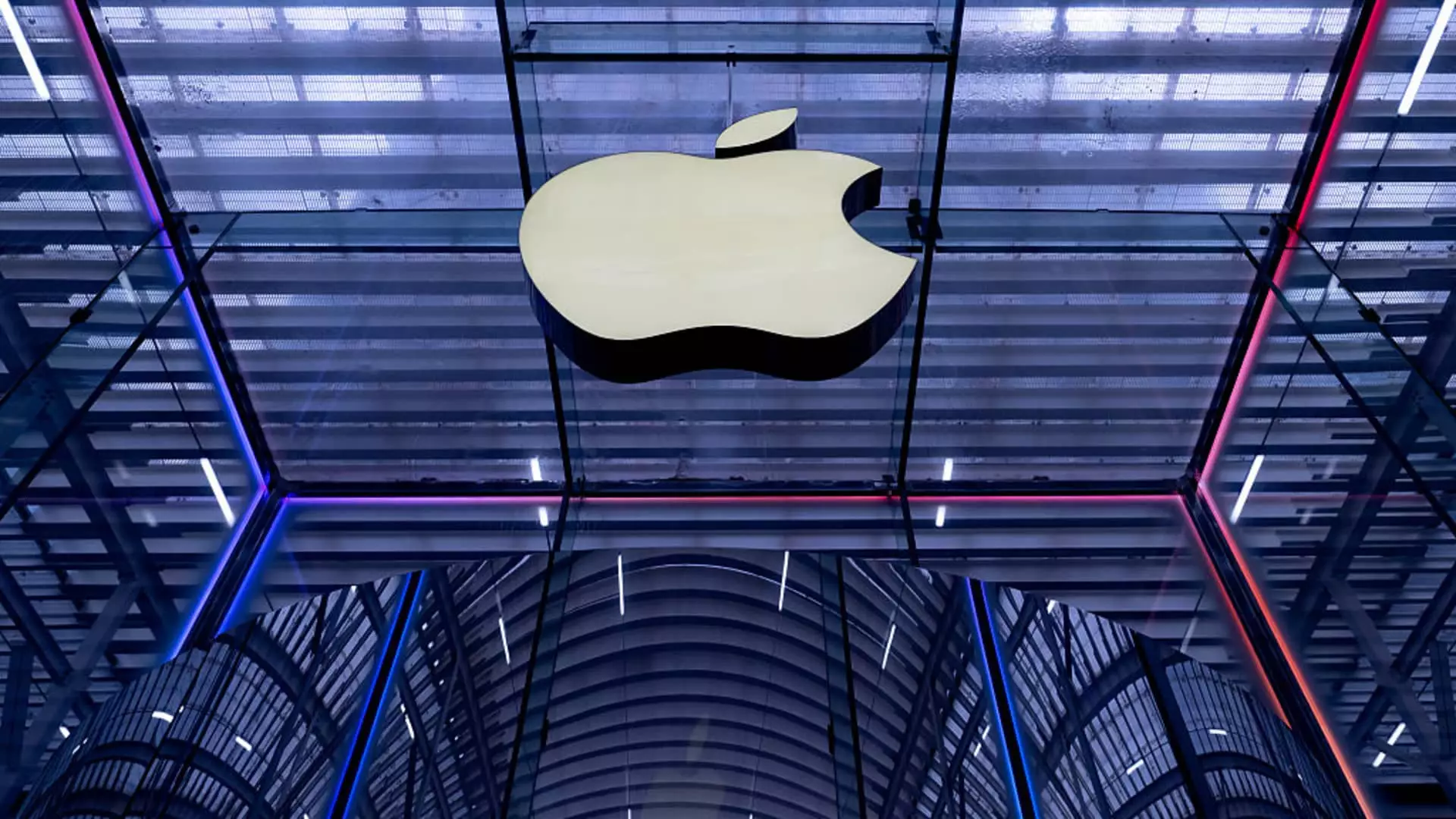Apple, a seemingly unstoppable titan of technological innovation, stands at a critical crossroads. While Wall Street anxiously awaits its third-quarter earnings, beneath the surface lies a complex narrative of strategic vulnerability and geopolitical turmoil. It is tempting to see Apple’s recent struggles as minor blips in a robust sector, but a closer look reveals systemic issues that threaten its long-term dominance. The company’s heavy reliance on manufacturing hubs abroad, especially in China, exposes it to geopolitical risks that are increasingly hard to ignore. The recent escalation in tariffs and trade tensions signals that Apple’s future is intertwined with uncertain international relations, forcing it into difficult choices with far-reaching consequences.
The corporate response to these pressures—such as opening a manufacturing academy in Detroit and diversifying production to India—are laudable efforts. Yet, these moves are more band-aids than cures. The projections suggesting that U.S.-made iPhones could cost as much as $3,500 are a stark indicator of how problematic reshoring is for Apple’s profit margins. While the company’s strategic pivot demonstrates adaptability, it also underscores how fragile its international supply chain really is. Dependence on China and an emerging reliance on India, which now surpasses China in smartphone exports, show a company caught between economic nationalism and global competitiveness—a tightrope walk that may erode profit and market share.
Market Realities: A Sluggish Quarter and Mounting Challenges
Despite the buzz of anticipation, the upcoming earnings call suggests that Apple’s outlook isn’t as rosy as it might appear. Analysts like Tim Long paint a picture of stagnation, citing a “rough” macroeconomic backdrop, dwindling innovation, and waning market share in China—Apple’s traditional breadbasket. The fact that the company plans to shift the majority of its U.S. product shipments from countries like China and Vietnam highlights systemic vulnerabilities. This logistical shift, while strategic, entails costs that are rarely discussed openly, especially when it comes to consumer prices and demand.
Apple’s failure to introduce significant new products or features in recent releases further compounds these problems. Consumers’ expectations for cutting-edge innovation seem to be unmet, leading to declining enthusiasm and a resulting dip in market value—almost 17% so far this year, lagging significantly behind the broader S&P 500. The risk here is palpable: if demand continues to decline and production costs rise due to reshoring efforts, Apple’s premium brand could be undermined just when it needs to sustain growth.
The Political and Cultural Crossfire
While financial metrics grab headlines, a subtler but equally significant element is the ongoing cultural and political undertow affecting Apple’s brand perception. Discussions around tariffs, China’s trade policies, and manufacturing costs are not just business issues—they are political flashpoints that taint Apple’s identity as an American innovator. The company’s efforts to promote domestic manufacturing are admirable but insufficient to counteract the broader geopolitical currents that threaten to fragment the global supply chain.
Furthermore, the company’s entertainment ventures—like the hit series “Severance” and blockbuster films like “F1: The Movie”—are illustrating a new strategic dimension. However, even this soft power is not immune to political critique or shifting market dynamics. While Apple TV+ enjoys popularity, it is operating in a highly competitive environment where maintaining cultural relevance requires more than just quality content; it demands political agility and corporate responsibility.
Likewise, the public’s perception of Apple as a patriotically inclined American company is increasingly complicated by the realities of its global supply chain. It raises uncomfortable questions about the true cost of domestic patriotism versus economic pragmatism. As consumers become more socially conscious, Apple’s balancing act between globalized production and national loyalty will become more scrutinized.
Apple’s current predicament exposes more than just temporary market fluctuations—it’s a reflection of the systemic vulnerabilities in a hyper-globalized economy. The push for reshoring, while symbolically patriotic, threatens to increase costs astronomically, putting the company’s very core at risk. The geopolitical tumult surrounding trade tariffs and supply chains injects uncertainty into Apple’s confident veneer, forcing it to grapple with structural vulnerabilities that could undermine its future. As a center-leaning advocate for economic fairness and strategic planning, I see this moment as an unsettling wake-up call: even the most seemingly invincible corporations are not immune to the realities of a fragile globalized world. Future prospects hinge on whether Apple can adapt beyond superficial measures and confront these deep-seated challenges with genuine innovation and strategic resilience.

